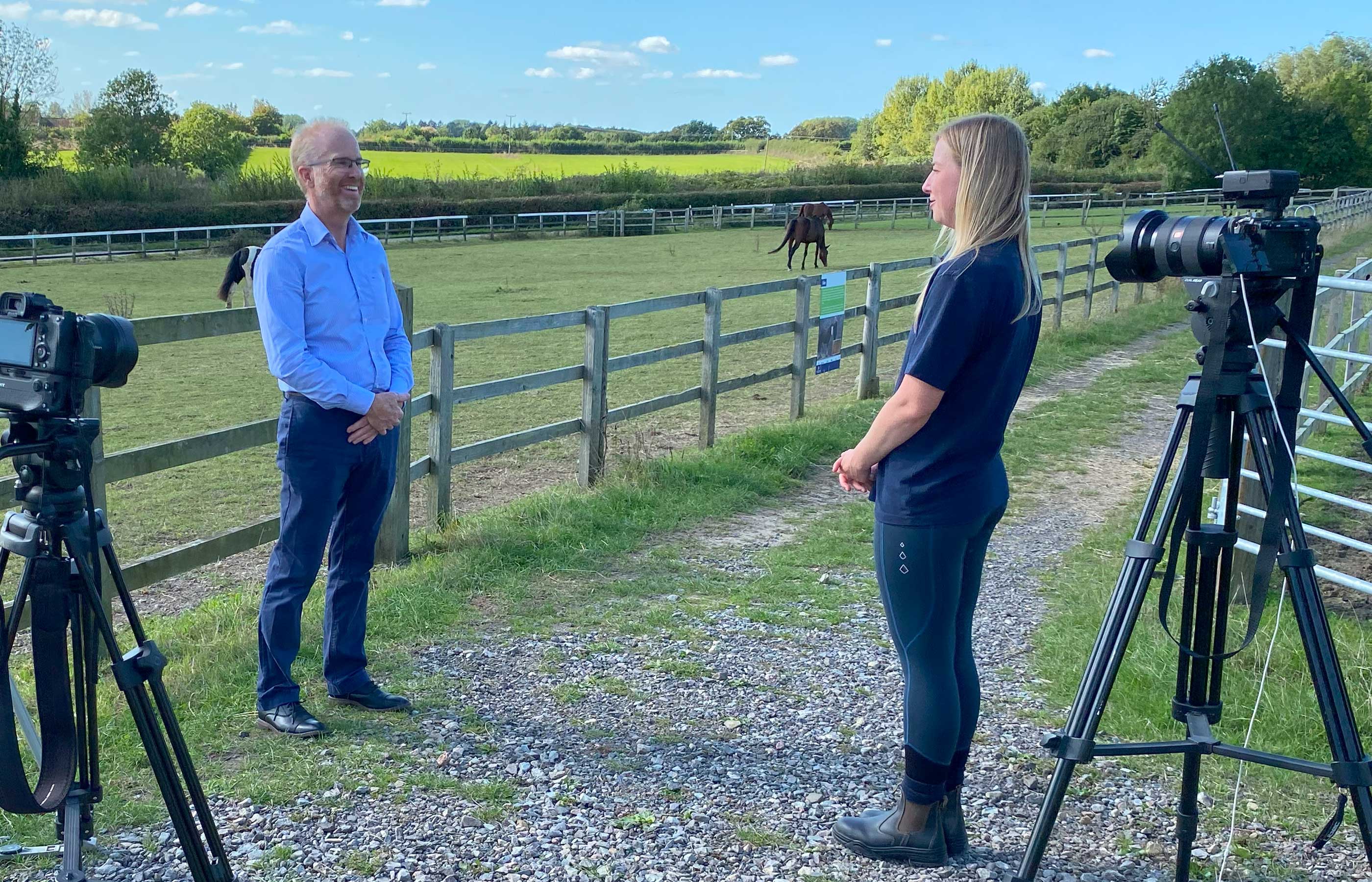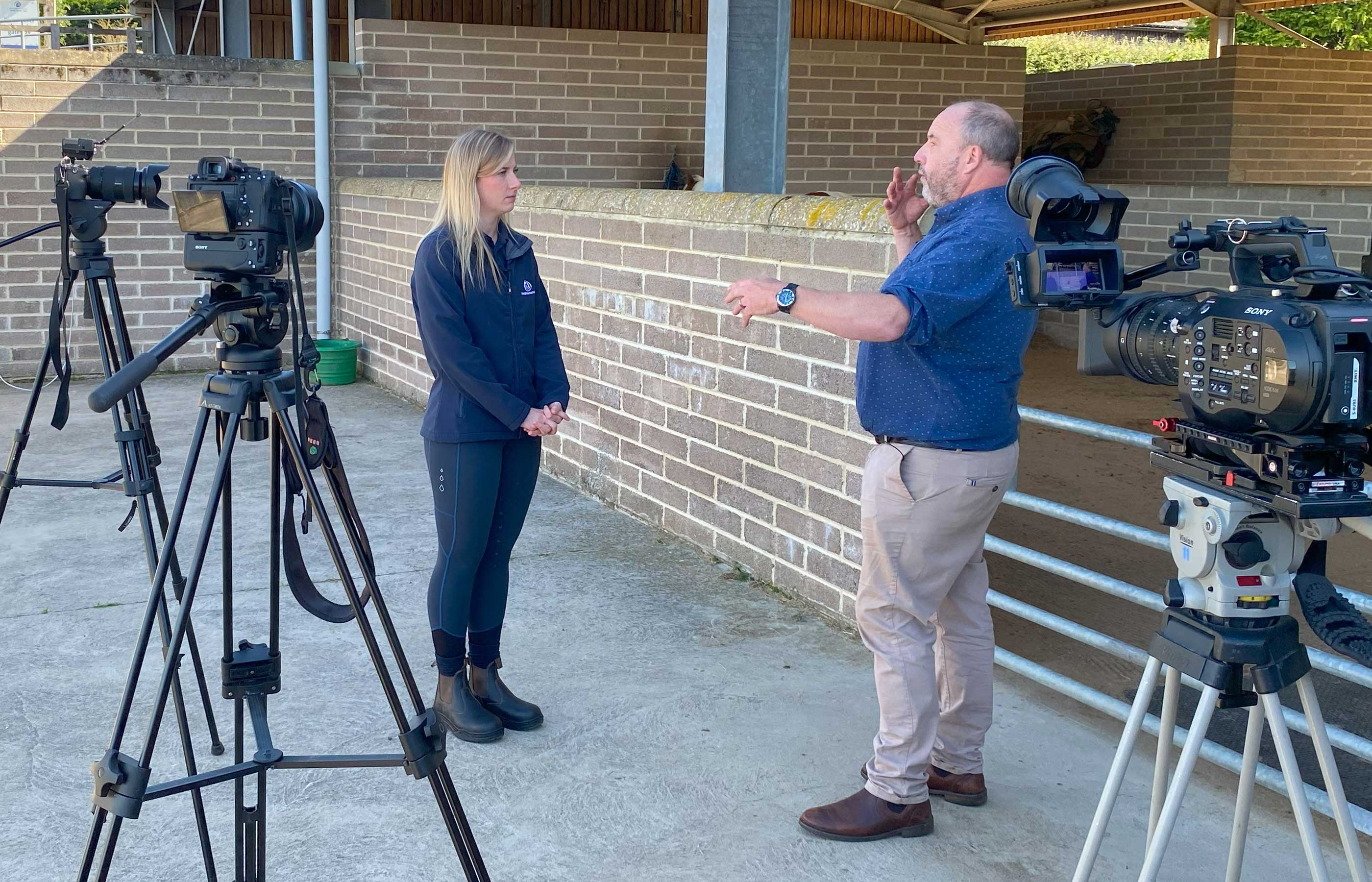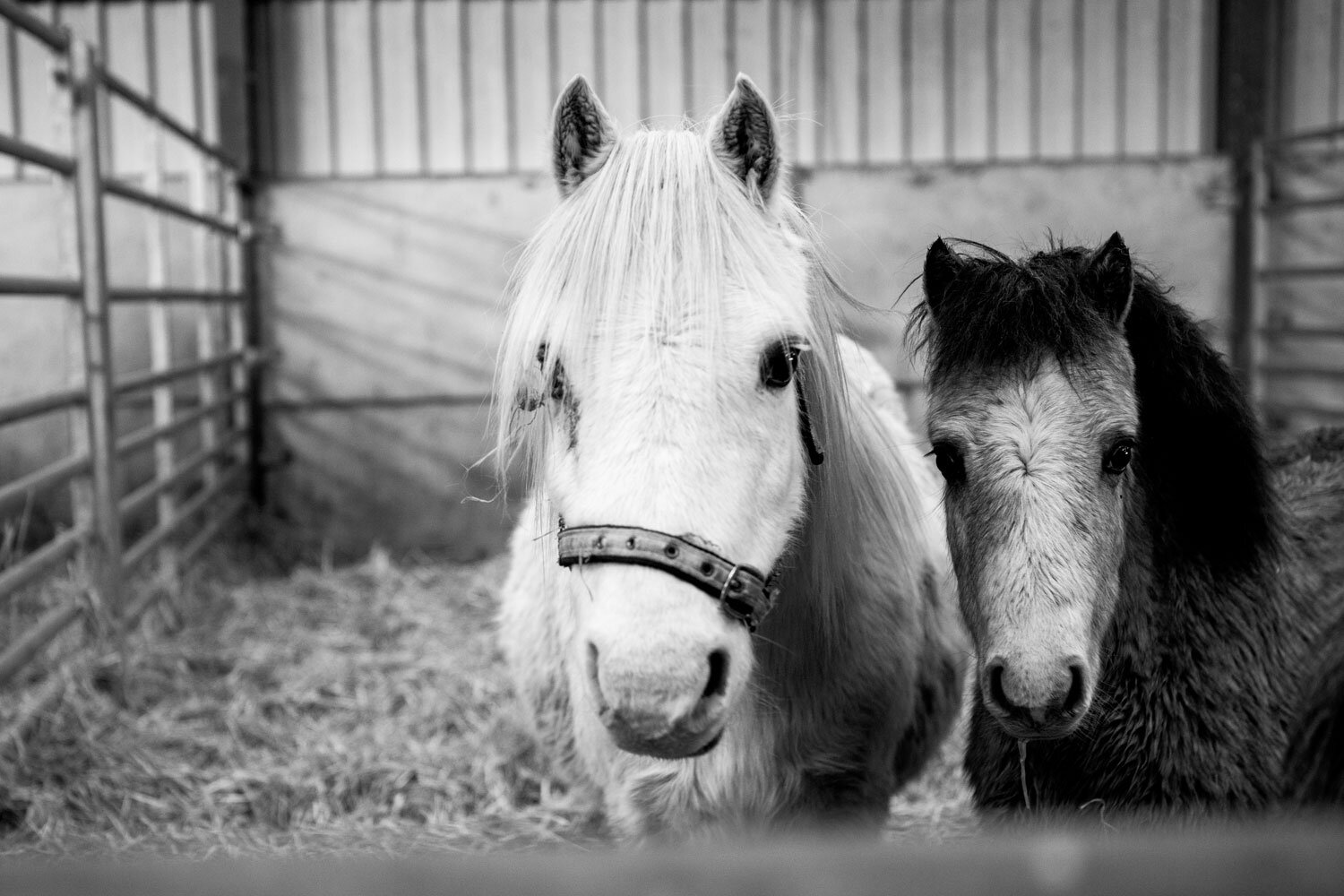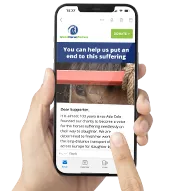Revealing the interconnectivity of hormones, insulin, and laminitis
The sixth episode of 'Horses Explained' reveals the role of insulin in laminitis and how the condition can affect any horse.
Posted on 21/08/2025

In the sixth episode of our latest series of ‘Horses Explained’ vet Andy Durham, Clinical Director at Liphook Equine Hospital, explains the role hormones play in the development of a number of debilitating conditions, including laminitis, Equine Metabolic Syndrome (EMS), and PPID, formerly known as Cushing’s disease. The episode is available to watch on our Education YouTube channel now.
The role of hormones in horses
Rather than being solely to do with the horse’s reproductive system, as owners may think, hormones have a very important role in managing all sorts of systems in the body. “Hormones, really, are messengers that spread messages around the horse’s body,” explains Andy. “Many hormones come from the base of the brain, from the pituitary gland, which is, if you like, another way of the brain communicating with other parts of the body, rather than through the nerves.”
The network of glands responsible for creating and releasing these chemical messages around the body is known as the endocrine system. Both EMS and PPID are endocrine disorders, with the effects of PPID demonstrating just how much impact a dysfunctional pituitary gland can have. Not all hormones come from the brain or the reproductive system though. Another very important chemical messenger, insulin, comes from the pancreas and has a significant role in the development of laminitis.
The role of insulin in laminitis
“What insulin is there to do is to store all of the nutrients you’ve just eaten,” explains Andy. “Unfortunately, very high levels of insulin can be quite damaging, particularly to the laminae in horses. That’s the main cause of laminitis in horses – very high levels of insulin, released because of what the horse has just eaten and, to a certain extent, the nature of the horse. Some horses and ponies are more likely to release very high levels of insulin than others [and] if they release excessive amounts of insulin the laminae will be damaged.”
Whilst many native breeds and cob types are prone to weight gain, laminitis is a massive threat and not just to ponies. “It is a problem with many breeds of horses,” says Andy, “particularly as they get older and perhaps a bit less fit and put a bit of weight on as well. We should always be mindful of that – what a horse is eating [and] what its body condition is, because undoubtedly the fatter horses are more likely to release more insulin, making them more prone to getting laminitis.”
Since insulin is released in response to what the horse is eating, this gives owners the ability to improve their horse’s health through the management of their diet. “We can always modify the insulin release by changing not necessarily the quantity of what they’re eating, but the actual quality of what they’re eating,” explains Andy. “In general terms, diets with higher sugar contents will cause more insulin to be released and increase the risk of laminitis.”
Not just an acute disease – but signs of chronic laminitis can be missed
Owners may be aware of the signs of an acute attack of laminitis, but Andy explains that chronic laminitis, which can go unnoticed, is a very real and damaging issue. “A more under-the-radar ‘smouldering’ type of laminitis [can] damage the laminae without the horse necessarily showing any overt pain at all, but laminitis is actually occurring.
“In many ways, it’s a more dangerous form of laminitis because people aren’t necessarily aware it’s happening [but] there’s damage occurring, which can be cumulative over time. When the foot is examined by a vet or a farrier, you can see really clear changes [and signs] of laminitis but as far as the owner is concerned their pony or horse has never ever been lame.”
With chronic laminitis, owners may not realise how much their horse or pony is suffering. “The number of times in my career I’ve heard somebody say casually, ‘oh my pony’s always a bit footy in spring, nothing I can do about it’. [That’s] essentially saying, ‘my pony has laminitis every spring and I’m not doing anything about it’. Laminitis isn’t either on or off – there’s whole grades in between those extremes,” says Andy. “If there’s evidence that laminitis is there, it’s going to be progressive unless we do something about it.”
Assessing a horse’s insulin response and risk of laminitis
Whilst traditionally grass was thought to be the main cause of laminitis and hay was perceived to be safe, Andy highlights that hay, being simply dried grass, can also be very high in sugar and therefore trigger a massive insulin spike, which will damage the laminae. If owners are concerned, they can liaise with their vet to get a simple blood test done to check their horse’s insulin levels in response to eating hay or time out grazing. Working out what’s causing the insulin spikes, if present, enables the diet to be modified appropriately for that particular horse or pony and reduce their risk of laminitis.
Catch up with other episodes of ‘Horses Explained’
All episodes released to date, in both series one and two, can be viewed on our ‘Horses Explained’ page.
Related materials
- You can find more advice on laminitis on our ‘Laminitis in horses’ page
- Check out our webinar on ‘Understanding laminitis – what every horse owner needs to know’
- Learn more about Equine Metabolic Syndrome
- Find out how to assess your horse’s weight
Topics
Related News

Latest episode of Horses Explained sheds light on how the horse’s senses influence behaviour
Dr Andrew Hemmings, a specialist in equine behavioural neuroscience, explained how important the sense of touch is to horses.

Revealing our ambitious environmental commitments
We are proud to announce the launch of our Environmental Sustainability Strategy as first steps towards becoming net zero
Recommended Blog Posts

Why do horses come into our care? Is that the only successful outcome of a case?
Chief Field Officer Claire Gordon explains how horses and ponies can come into our care for all kinds of reasons and from all kinds of situations.

Our London Marathon runners 2024
We find out what their motivations are for running for our charity and how their training is going.

The rescue of 70 unhandled Icelandic horses
We catch up with Deputy Chief Field Officer Jon, to find out why rescues like this are lifesaving.
Enjoy reading stories like this?
Join over 65,000 other horse lovers and sign up for our email newsletter

Join over 65,000 other horse lovers and sign up for our email newsletter
Sign me up now